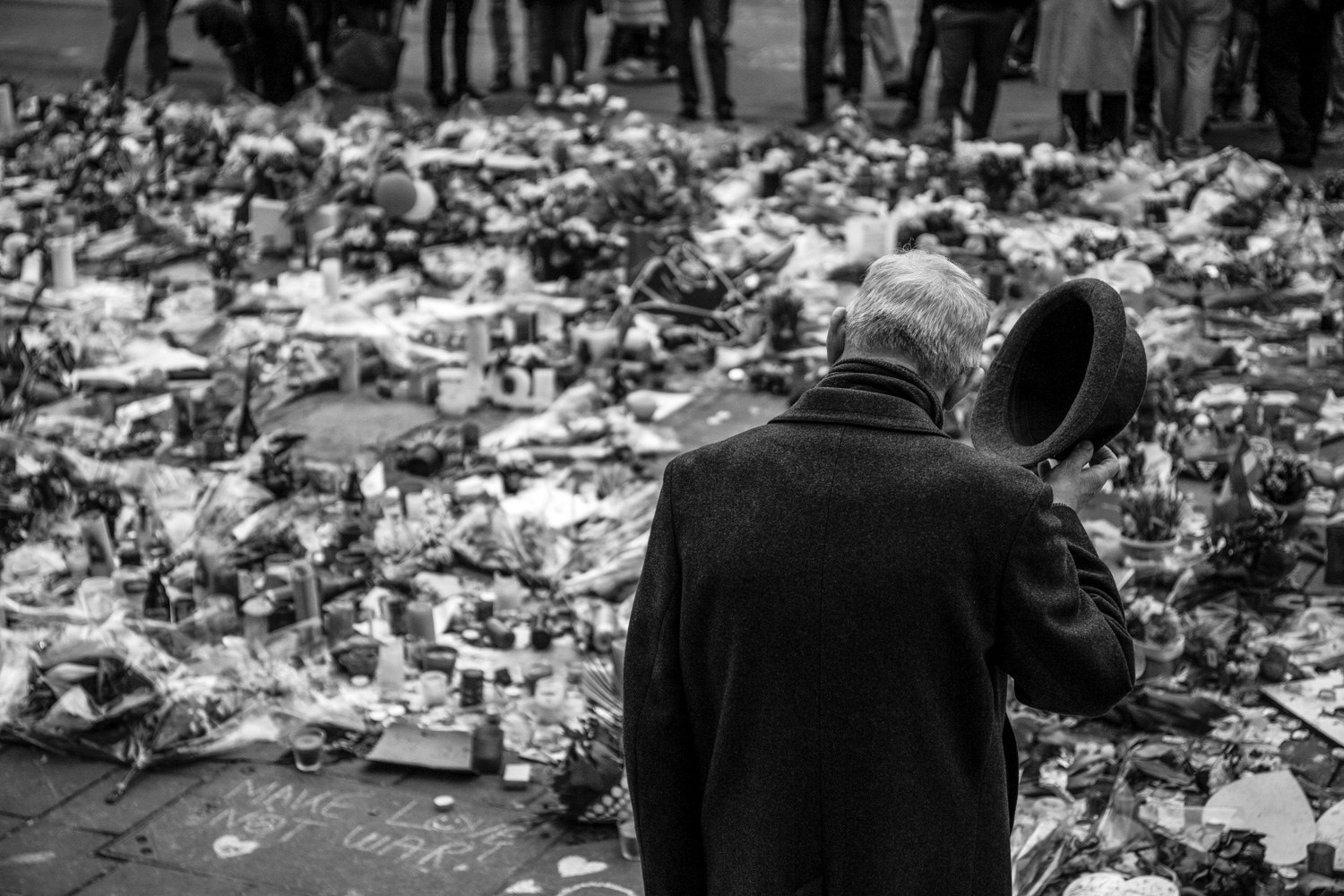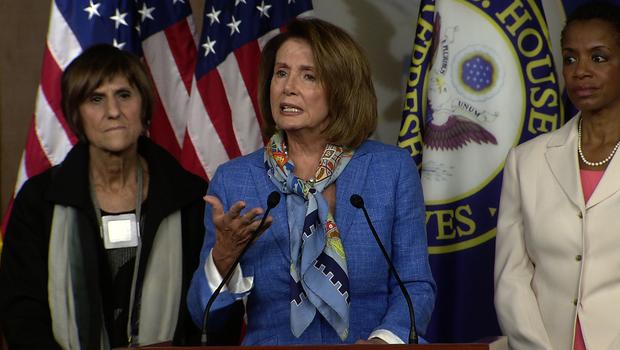This does not even include the cost of healthcare, the SNAP program, education or airline costs flying people back and forth across the country.
Inside the administration’s $1 billion deal to detain Central American asylum seekers
The entrance to the South Texas Residential Facility in Dilley, Tex., subject of a $1 billion deal to provide detention facilities for asylum seekers. (Ilana Panich-Linsman/For The Washington Post)WashingtonPost: DILLEY, Tex. —As Central Americans surged across the U.S. border two years ago, the Obama administration skipped the standard public bidding process and agreed to a deal that offered generous terms to Corrections Corporation of America, the nation’s largest prison company, to build a massive detention facility for women and children seeking asylum.
The four-year, $1 billion contract — details of which have not been previously disclosed — has been a boon for CCA, which, in an unusual arrangement, gets the money regardless of how many people are detained at the facility. Critics say the government’s policy has been expensive but ineffective. Arrivals of Central American families at the border have continued unabated while court rulings have forced the administration to step back from its original approach to the border surge.
Related reading: Cant Afford Bail, No Problem, then no Jail
In hundreds of other detention contracts given out by the U.S. Immigration and Customs Enforcement agency, federal payouts rise and fall in step with the percentage of beds being occupied. But in this case, CCA is paid for 100 percent capacity even if the facility is, say, half full, as it has been in recent months. An ICE spokeswoman, Jennifer Elzea, said that the contracts for the 2,400-bed facility in Dilley and one for a 532-bed family detention center in Karnes City, Tex., given to another company, are “unique” in their payment structures because they provide “a fixed monthly fee for use of the entire facility regardless of the number of residents.”
The rewards for CCA have been enormous: In 2015, the first full year in which the South Texas Family Residential Center was operating, CCA — which operates 74 facilities — made 14 percent of its revenue from that one center while recording record profit. CCA declined to specify the costs of operating the center.
***
“For the most part, what I see is a very expensive incarceration scheme,” said Rep. Zoe Lofgren (Calif.), the top Democrat on the House’s Immigration and Border Security subcommittee. “It’s costly to the taxpayers and achieves almost nothing, other than trauma to already traumatized individuals.”
The Washington Post based this account on financial documents — including copies of the agreements spelling out the Dilley deal obtained from the National Immigrant Justice Center — and interviews with government lawyers and former immigration and homeland security officials.
CCA’s chief executive, Damon Hininger, told investors in an earnings call this month that ICE recently has begun pushing for a more “cost-effective solution.” Those discussions, he said, are in the “preliminary stage.”
The facility in Dilley — built in the middle of sunbaked scrubland, in what used to be a camp for oil workers — now holds the majority of the country’s mother-and-child detainees. Such asylum seekers, until two years ago, had rarely been held in detention. They instead settled in whatever town they chose, told to eventually appear in court. The Obama administration’s decision to transform that policy — pushed by lawmakers assailing the porous state of the nation’s border — shows how the frenzy of America’s immigration politics can also bolster a private sector that benefits from a get-tough stance.
Before Dilley, CCA’s revenue and profit had been flat for five years. The United States’ population of undocumented immigrants had begun to fall, reversing a decades-long trend, and the White House was looking to show greater leniency toward illegal immigrants already in the country. But under pressure to demonstrate that it still took border issues seriously, the administration took a tougher stance toward newly arriving Central Americans.
“This was about the best thing that could happen to private detention since sliced bread,” said Laura Lichter, a Denver immigration and asylum attorney who spent months living out of an old hunting lodge in Dilley.
For the first years of the Obama administration, the United States maintained fewer than 100 beds for family detention. But by the end of 2014, the administration had plans for more than 3,000 beds, and immigration advocates said the ramp-up had broken with America’s tradition of welcoming those seeking a haven from violence. At the Dilley facility, detainees described in interviews an understaffed medical clinic and rampant sickness among children, among other problems.
CCA, a Nashville-based public company valued at $3.18 billion, declined interview requests for this story. The company declined to respond to 28 of 31 written questions. It said that ICE oversees medical care at the facility, and the agency said it was comfortable with the quality of care.
“CCA is committed to treating all individuals in our care with the dignity and respect they deserve while they have due process before immigration courts,” the company said in a five-paragraph statement. “Responding to pressing challenges such [as] this — and doing so in a way that can flexibly meet the government’s changing needs — is a role that CCA has played for federal immigration partners for more than 30 years.”
The Central American asylum seekers were coming mostly from three countries in meltdown — El Salvador, Guatemala and Honduras — where gang and drug-related violence have grown so rampant that their murder rates are now three of the world’s five highest, according to U.N. data. By claiming that they feared for their safety, the Central Americans were not subject, as are other unauthorized migrants, to ordinary deportation; they were entitled to press their asylum claims. But Homeland Security Secretary Jeh Johnson, who oversees ICE, heard from border patrollers that the emergency was brewing momentum: People kept coming because word was out that the United States was granting permisos to new arrivals, allowing them to walk right into the country.
According to lawmakers and administration officials, Johnson determined that the United States could cut down the surge only by demonstrating that asylum seekers wouldn’t receive leniency. Johnson won approval from the White House to explore ramping up family detention for asylum seekers on a scale never before seen in America, part of what he called an “aggressive deterrence strategy.” He ordered ICE to figure out a way to make it work.
“This whole thing [was] building and reaching an unsustainable level,” said Christian Marrone, then Johnson’s chief of staff. “We had to take measures to stem the tide.”
Fast actionIn a matter of days, ICE patched together a temporary solution. In June 2014, it placed the first batch of Central American mothers and children at a law-enforcement training site in Artesia, N.M. The agency pulled border agents off their usual jobs to help run the facility, and it was wary of hiring new employees and building a permanent facility for a problem it didn’t know how long would last.
“It makes sense that you put some of the risk on a private company,” said Mark Krikorian, executive director at the Center for Immigration Studies, which favors stricter border control.
That’s how ICE made the call to CCA.
The company, founded three decades earlier, had risen from near-bankruptcy thanks to an immigrant detention boom that followed the 9/11 terrorist attacks. Over the following 15 years, the share of revenue that CCA got from federal contracts more than doubled, according to the company’s annual reports. CCA and its only major competitor, the GEO Group, operate nine of the 10 largest immigration detention centers.
Through it all, CCA had pitched Washington on the idea that it could be an antidote to big government spending. One of the company’s co-founders, Thomas Beasley, told Inc. magazine in 1988 that selling prisons was no different from “selling cars, or real estate, or hamburgers.” But behind that pitch, CCA was a mega-sized business — one that pays its chief executive $3.4 million and has on its payroll a slew of former senior government officials.
Immigration activists say CCA had already proved itself incapable of running a family detention center. Between 2006 and 2009 — the only other major U.S. attempt to house women and children seeking asylum — CCA ran a facility in Taylor, Tex. Children wore prison uniforms, received little education and were limited to one hour of play time per day, according to an American Civil Liberties Union lawsuit filed against ICE in 2007 that led months later to a settlement agreement and improved conditions. Months after taking office, Obama closed the facility.
At ICE, officials saw the reboot of family detention as a welcome, if belated, sign of strength on the border. CCA was one of the two companies with the “means” to pull it off, along with GEO, said Phil Miller, an ICE deputy executive associate director who helps to oversee family detention. It could build a new facility quickly and had a legion of staff members with the right security clearances. (GEO, which referred all questions to ICE, ended up refurbishing a smaller facility.)
In forging their deal, CCA and ICE faced one major hurdle: the requirement for a public bidding process — one that threatened to significantly delay construction. So CCA found a workaround. In September 2014, the company approached Eloy, Ariz., an interstate town of 17,000, and asked its officials if they would be willing to amend its existing contract with the town. The company had been operating a detention center for undocumented men in Eloy since 2006. If Eloy modified that contract — essentially, directing CCA to build a new facility in another state, 1,000 miles away — the federal government would be freed from the bidding process. And by reaching out to a town already involved with the industry, CCA could also avoid the political risks that often come when trying to convince a new locality to build a detention center.
The deal is formed by two separate agreements: One between ICE and Eloy, the other between Eloy and CCA. Both were signed on the same day and refer to the family detention center in Dilley. As spelled out in the contracts, ICE provides the money to Eloy; Eloy, in turn, receives a small “administrative fee” for being party to the deal.
According to one Eloy official, county records and an account from the time in a local newspaper, the Eloy Enterprise, a CCA executive pitched the opportunity at a city council meeting in September 2014, saying Eloy could profit from the deal by collecting the payout from Washington, receiving a small percentage — roughly $1.8 million over the four years — and then passing the rest to CCA.
“At the time, there was some reluctance because of the optics” to go along with it, said Harvey Krauss, the Eloy city manager. “But I told everybody, we’re not taking a position; we’re just a fiscal agent. The federal government was in a hurry and this was an expedited way for them to get it done.”
ICE senior leaders signed off on the deal, an official at the agency said.
Mark Fleming, an attorney at the National Immigrant Justice Center, who has reviewed hundreds of federal ICE contracts, said the deal was “singularly unique” and was designed to “avoid transparency.” The center obtained copies of the financial agreements through Arizona open-records laws and gave them to The Post. Several other experts on federal procurement said that while the government can avoid bidding laws in urgent or national security cases, they had never before seen a facility in one state created with the help of a recycled contract from another.
“This is the arrangement of a no-bid contract by twisting and distorting the procurement process past recognition,” said Charles Tiefer, a University of Baltimore law school professor, former solicitor and deputy general counsel of the House of Representatives, who reviewed the deal at the request of The Washington Post.
The contract shows how CCA is assured of a predictable payment, collecting a fixed amount of around $20 million per month — even when the facility’s population drops.
A CCA spokesman, Jonathan Burns, said that the company is required by the contract to provide full staffing and other services no matter the population. But, from the government’s perspective, the contract becomes less cost-effective when fewer people stay in Dilley. When 2,400 people are detained, the government spends what amounts to $285 per day, per person, according to a Post calculation. When the facility is half-full, as it has been in recent months, the government would spend $570. On some days when the facility is nearly empty, as it was for a period in January, the government would be paying multiples more.
At more than 200 non-family immigration detention sites, most per diems are between $60 and $85, according to an ICE document. The daily cost to detain children is higher, ICE officials said, because the government requires a litany of extra standards such as education courses and medicine for nursing mothers.
Critics say ICE could have chosen much more cost-effective alternatives. Ankle monitors, which could track asylum seekers as they await court dates, for example, cost several dollars per day.
Miller, the ICE official, said his agency didn’t push as hard as usual for lower costs because of the “immediacy” of the need.
“If you need an air conditioner today, you’re going to pay what the AC guy tells you,” Miller said. “If it’s December and you want a new AC unit in place by June, you have more time to research.”
The deterrence issueFor the opening of the South Texas Family Residential Center on Dec. 15, 2014, Johnson flew to Dilley and announced that the country’s borders are “not open to illegal migration.” A U.S. government ad blitz in Central America spread a similar message.
But immigration activists cast doubt on whether the United States is getting what it paid for: deterrence.
Border-crossing among asylum-seeking women and children has changed little from two years ago. Over the previous 12 months, according to government statistics, 66,000 “family units” — mostly women and children — have been apprehended at the border, compared with 61,000 in the same period two years earlier.
“What is the root problem? I don’t believe it’s a pull factor so much as a push,” said John Sandweg, a former acting ICE director who left in early 2014, months before the immigration surge. “I do not believe that family detention has been a deterrent.”
Initially, the government had intended Dilley to hold families for months at a time. But that model has been changed by two court decisions in 2015 — one determining that ICE couldn’t detain asylum seekers “simply to deter others,” and one that the government had to abide by a two-decade-old settlement requiring that migrant children be held in the least restrictive environment possible. The judge in that case, Dolly Gee, ordered the government to release children “without unnecessary delay,” and Homeland Security has so far been unsuccessful in appealing.
As a result, stays at Dilley have shortened. Families are typically released in a matter of weeks, after women pass an initial interview establishing they have a “credible” reason to fear returning home. Even when Dilley has many empty beds, families sometimes aren’t detained at all, according to immigration lawyers.
Use of the Dilley facility has become so “haphazard,” said Ian Philabaum, an advocacy coordinator, that in January it was nearly empty, even as Central Americans were arriving at a steady pace along the Texas border.
Government officials no longer say that the Dilley detention center is for deterrence. But Johnson said at a recent roundtable with reporters that family detention, though it had been “reformed considerably,” had still been useful for women and children while the government determined whether they had health problems or posed flight risks.
“I think we need to continue the practice so we’re not just engaging in catch-and-release,” Johnson said.
CCA declined to comment on the evolution of family detention policy. But Hininger, CCA’s chief executive, said in a release for investors that the company was “pleased” with its performance at the start of the year. Its increase in revenue, the company said, was “primarily attributable” to the South Texas Family Residential Center.
Priscila Mosqueda contributed to this report.



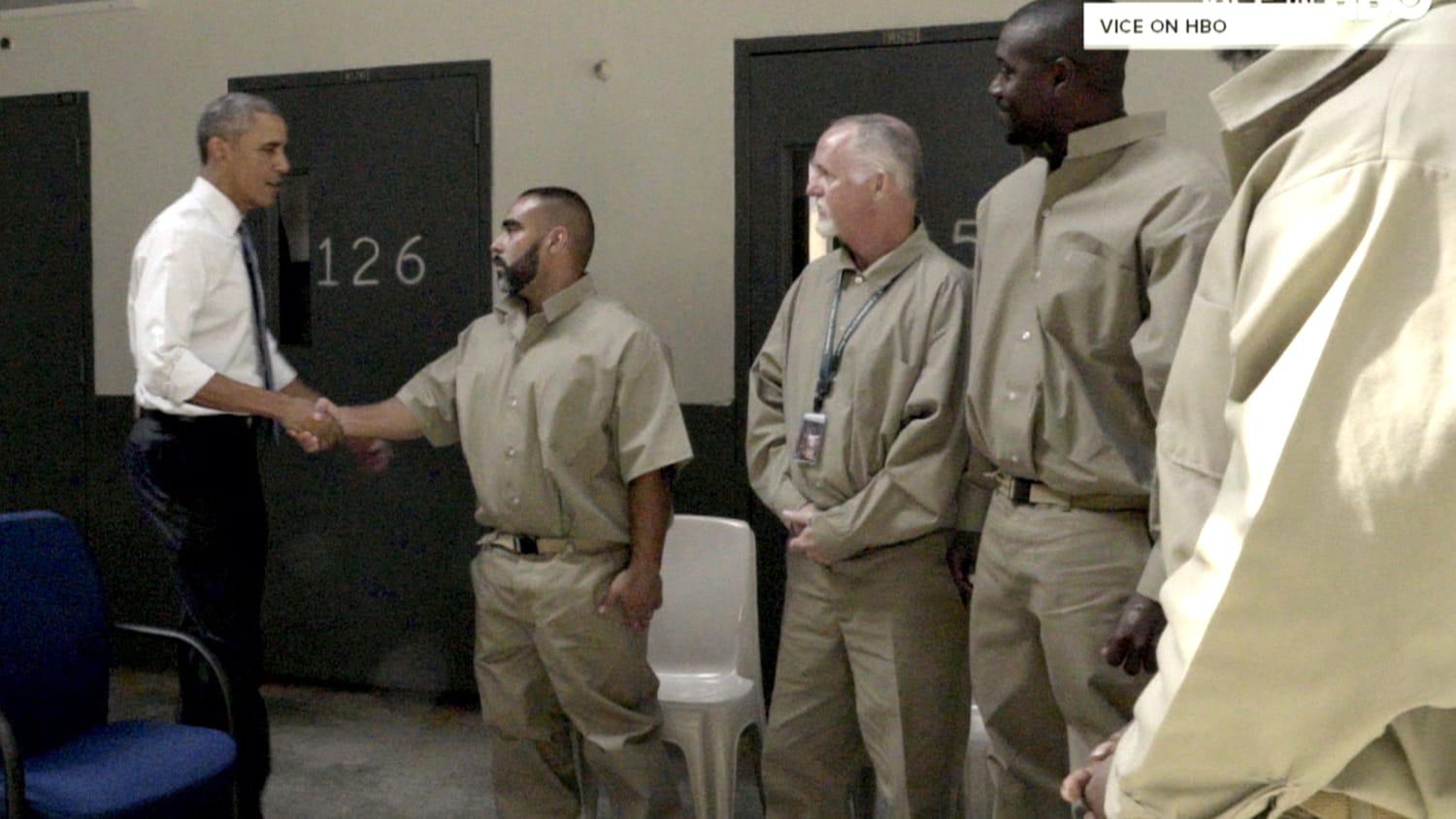
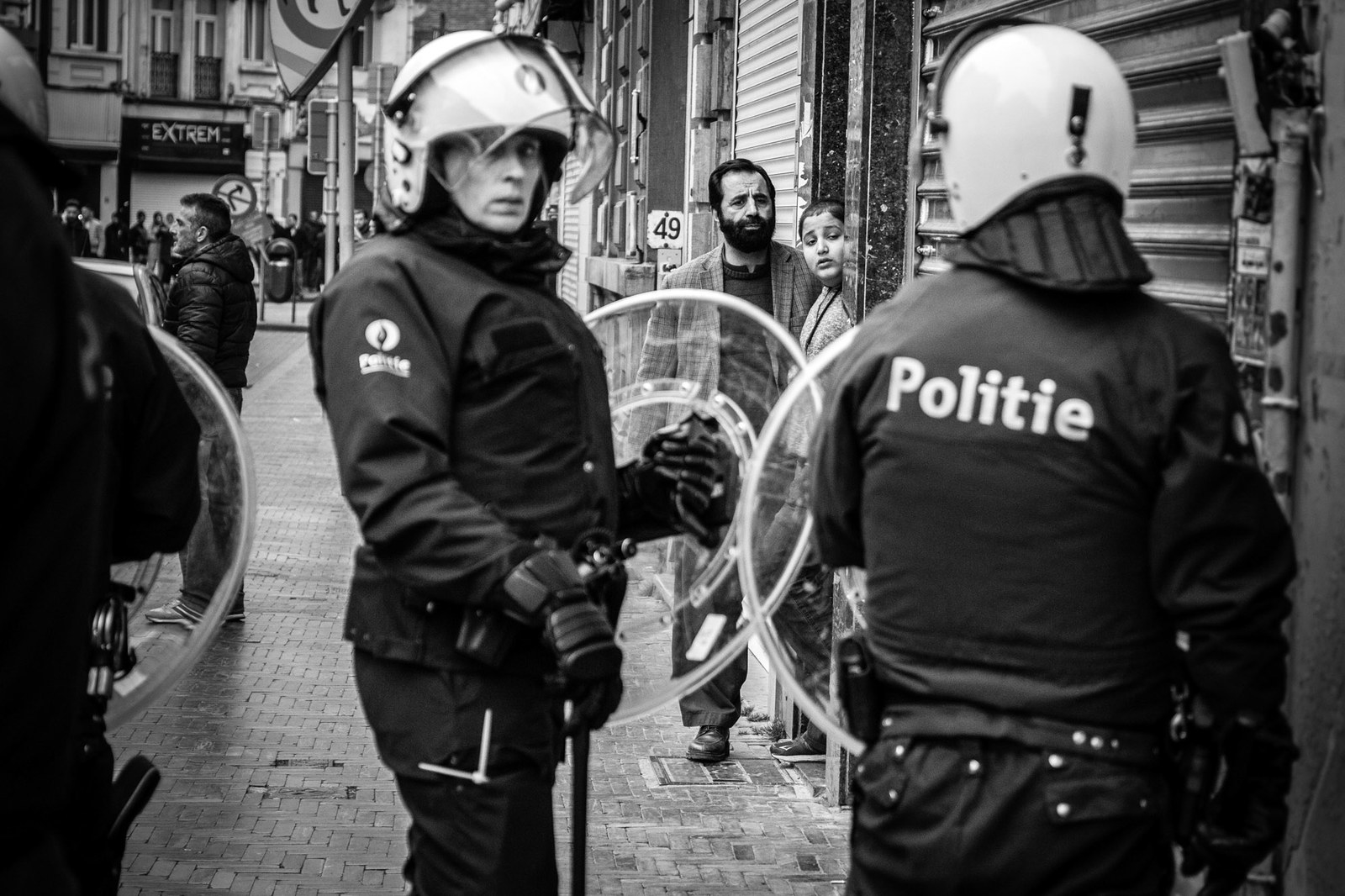 P
P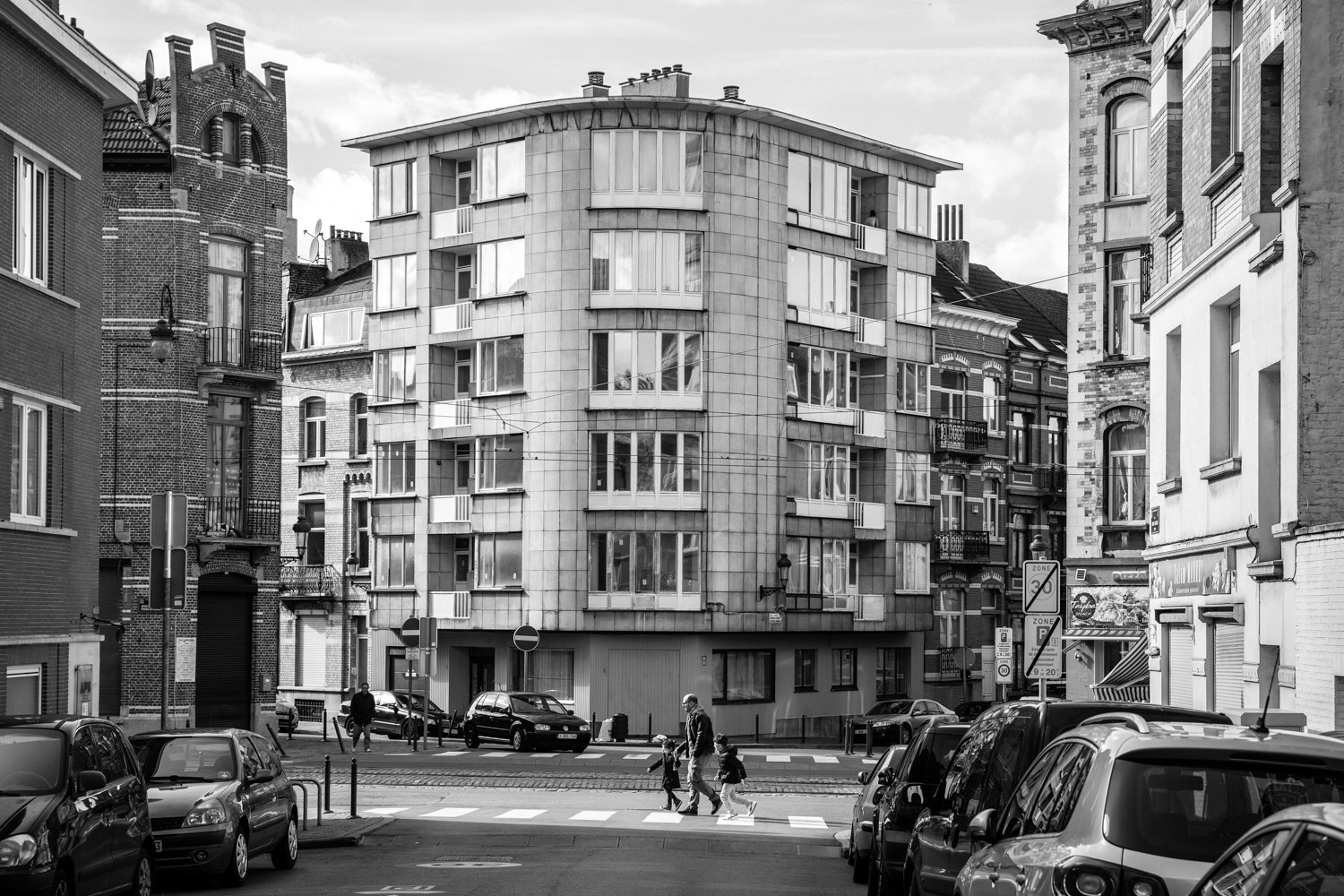
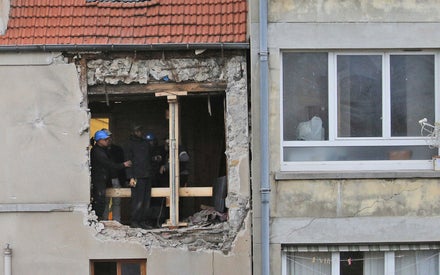
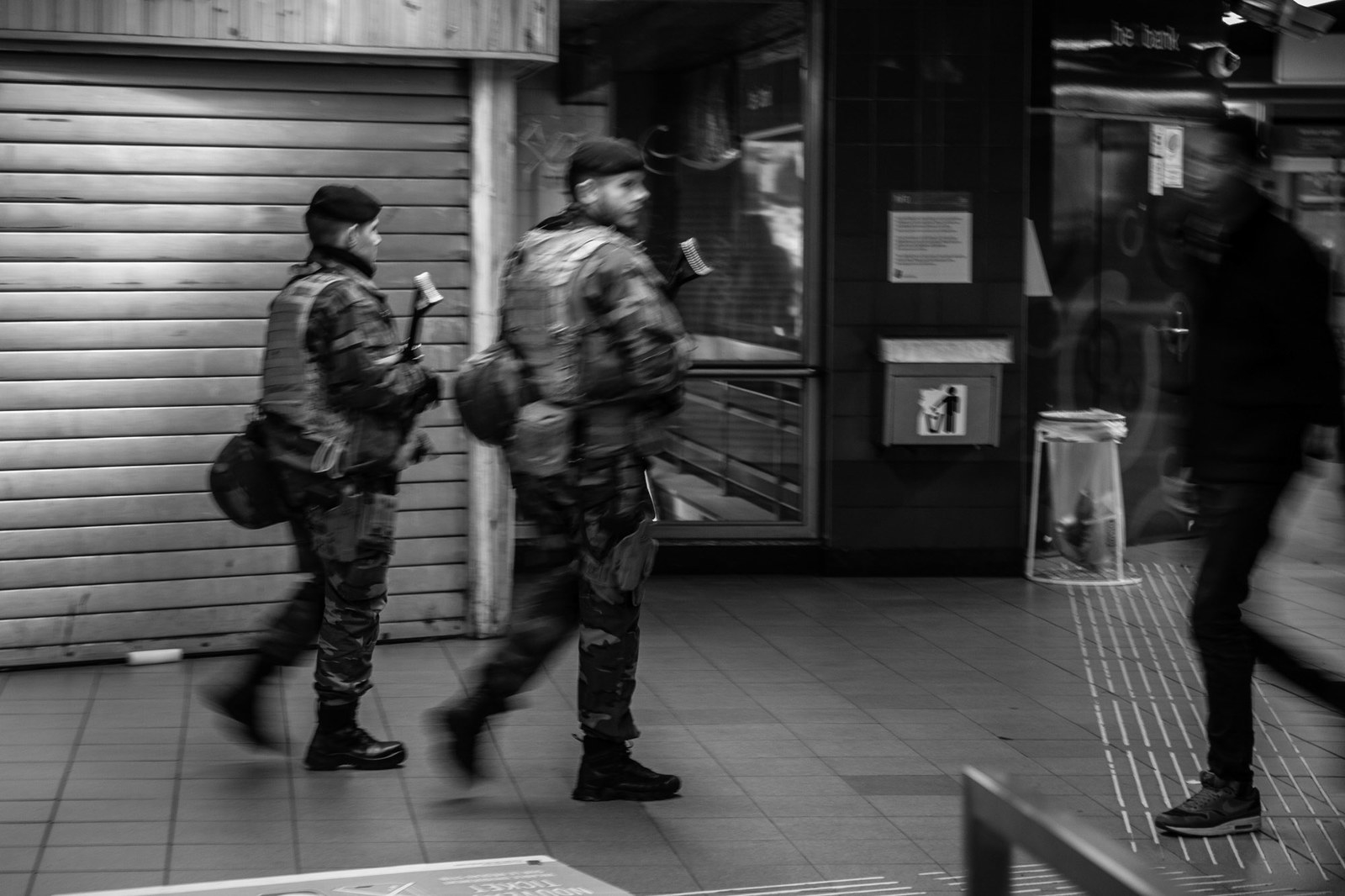 H
H
